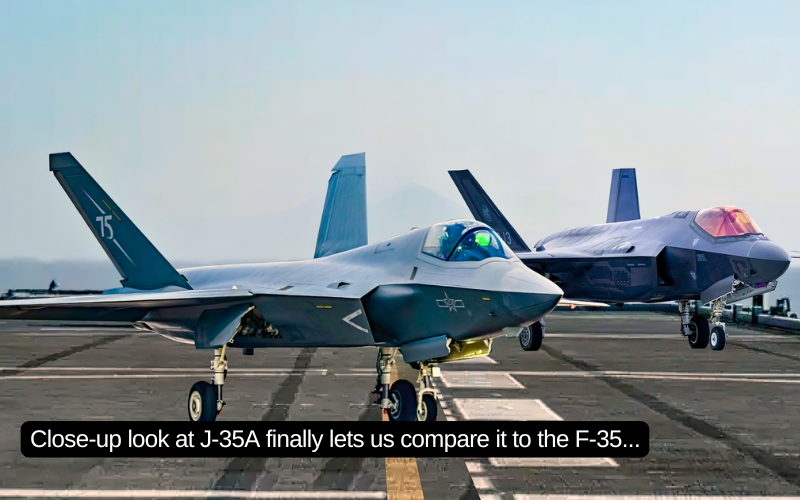The AIM-120 AMRAAM blasted a BQM-167 drone out of the sky at an unprecedented distance.
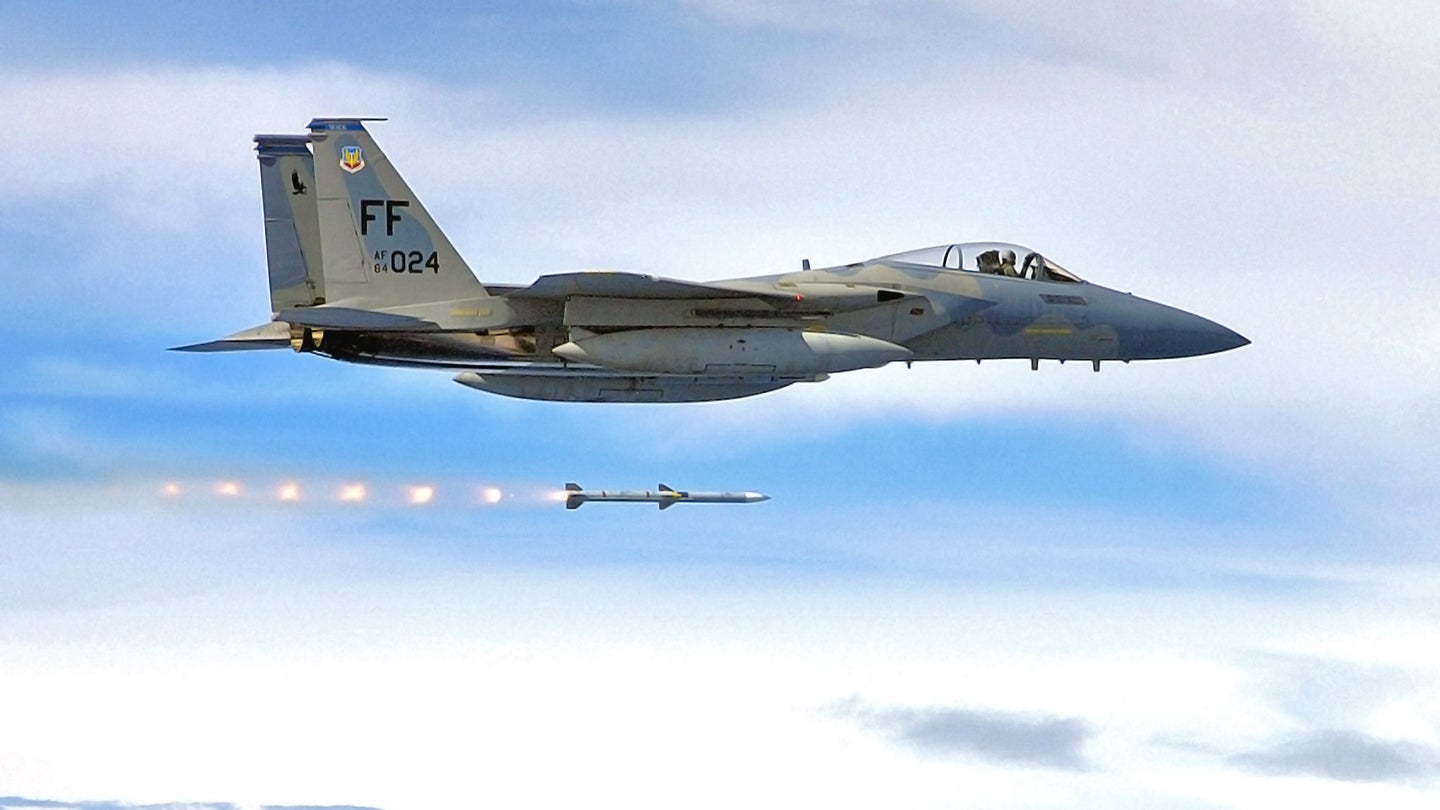
An F-15C Eagle fighter jet destroyed a target drone last month in what the U.S. Air Force describes as “the longest known air-to-air missile shot to date.” Exactly how far away the fighter was from its target when it fired the radar-guided AIM-120 AMRAAM missile has not been disclosed, but the test is a clear signal that the Air Force is making very long-range aerial engagements a priority.
The potentially record-breaking missile shot, at least in terms of U.S. capabilities, took place during a WSEP East event — or Weapons System Evaluation Program — that provides air-to-air and air-to-ground training and evaluation, giving pilots the chance to use these weapons for real. WSEP East refers to evaluations at Tyndall Air Force Base, in Florida, while those at Hill Air Force Base in Utah are known as WSEP West.
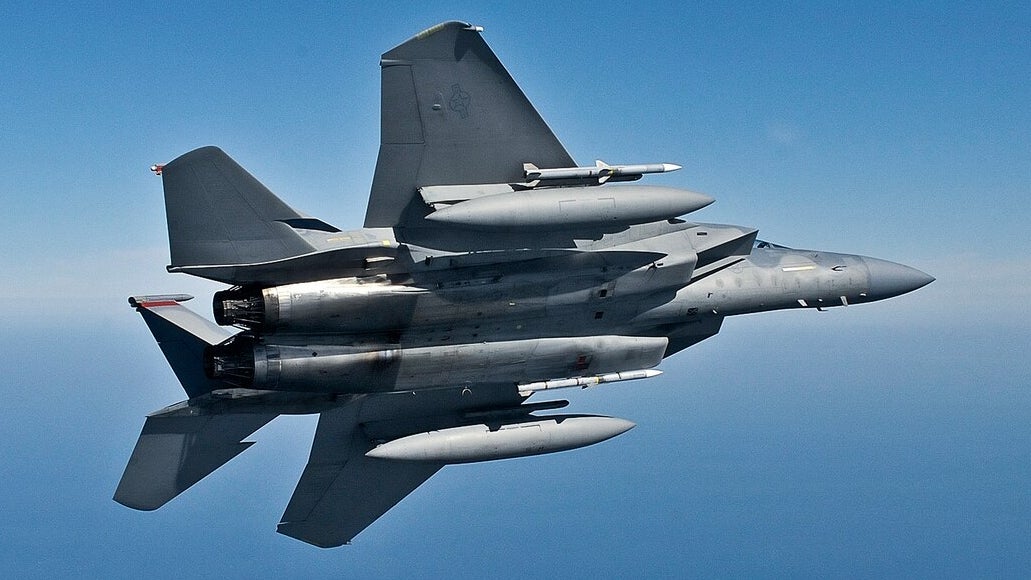
In this instance, the F-15C fired an AIM-120 AMRAAM at a BQM-167 sub-scale drone, resulting in a successful “kill,” likely achieved somewhere over the waters of the Gulf of Mexico, where the vital Gulf Range Complex provides over 130,000 square miles of training airspace, allowing both large-scale air combat training and sustained flying at supersonic speeds.
The units involved in the milestone event included the 28th Test and Evaluation Squadron (TES), based at Eglin Air Force Base, Florida, which provides detachments that assess the operational effectiveness of current and future weapons systems using fighter radars, air-to-air missiles, as well as electronic attack and electronic protection suites. The 28th TES was partnered with the 83d Fighter Weapons Squadron at Tyndall, which hosts the WSEP East events.
“This test effort supported requests from the CAF [Combat Air Forces] for “long-range kill chain” capabilities,” said Major Aaron Osborne of the 28th TES. “Key partnerships within the 53rd Wing enabled the expansion of capabilities on a currently fielded weapons system, resulting in warfighters gaining enhanced weapons employment envelopes.”
Intriguingly, it has been suggested that the mysterious appearance of a BQM-167A target drone on a Florida beach on March 19 — an incident that we covered in depth here — could have been related to the AMRAAM shot. Missiles used in these tests often have their warheads replaced with telemetry packages and kills are scored by evaluating the missile’s proximity to the target at the end of its terminal attack.
While the model of AIM-120 used in the test was not disclosed, it was almost certainly one of the latest AIM-120D weapons. While it looks outwardly like one of the earlier AMRAAMs, the D-model offers considerably more range. While official performance figures are classified, it is generally assumed to be able to hit targets at a distance of between 75 and 100 miles. Of course, in practical applications, a whole range of factors impact a missile’s reach, above all the energy and altitude state of the launching aircraft and the target.
The claim of the longest known missile engagement is interesting as the U.S. Navy’s AIM-54 Phoenix had a maximum range of around 100 miles and foreign designs supposedly outstrip even that. This points to the AIM-120D having flight profiles that can exceed the reach of those weapons, or at least the AIM-54, if the Air Force’s notice refers to American-made missiles only.
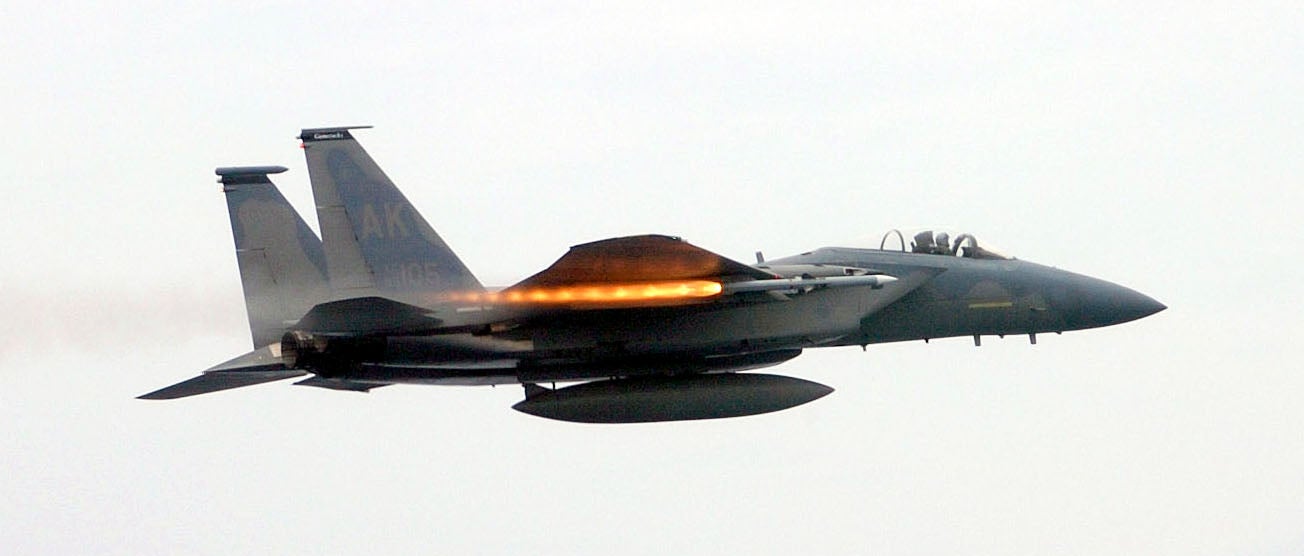
It is possible that the range was achieved thanks, at least in part, to the power of the F-15C’s massive active electronically scanned array (AESA) radar, the APG-63V3, which The War Zone has examined in some depth here. At the same time, these missiles are networked and third-party sensors can also provide targeting data for engagements without the launching aircraft locking the target up themselves. This is likely what is being referred to in the mention of the “kill chain” in the Air Force’s statement on the test. You can read all about this type of engagement architecture in this past post of ours.
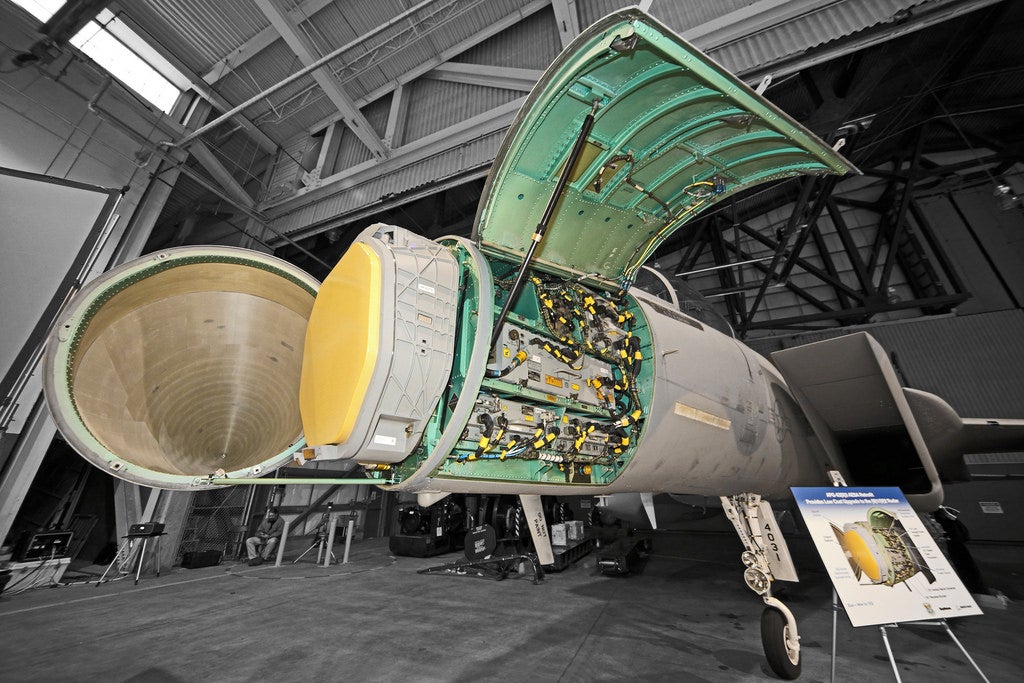
The Air Force news release about the missile shot noted that it was “directly supporting calls for increased lethality and affordability” made in the 2018 National Defense Strategy. This document clearly identifies Russia and China as the major challengers to American military interests and, furthermore, both these countries are actively involved in developing very long-range air-to-air missiles of their own.
While the kinds of ranges offered by the most modern Chinese air-to-air missiles are unknown, Russia, for its part, has announced performance figures for some of its beyond-visual-range weapons. According to data from the manufacturer, the R-37M, at least in its export form, can defeat “some types” of aerial targets at a range of up to 124 miles. This likely refers to only larger, less agile, aircraft targets and is very much a “sales brochure figure,” with all the caveats that entails.
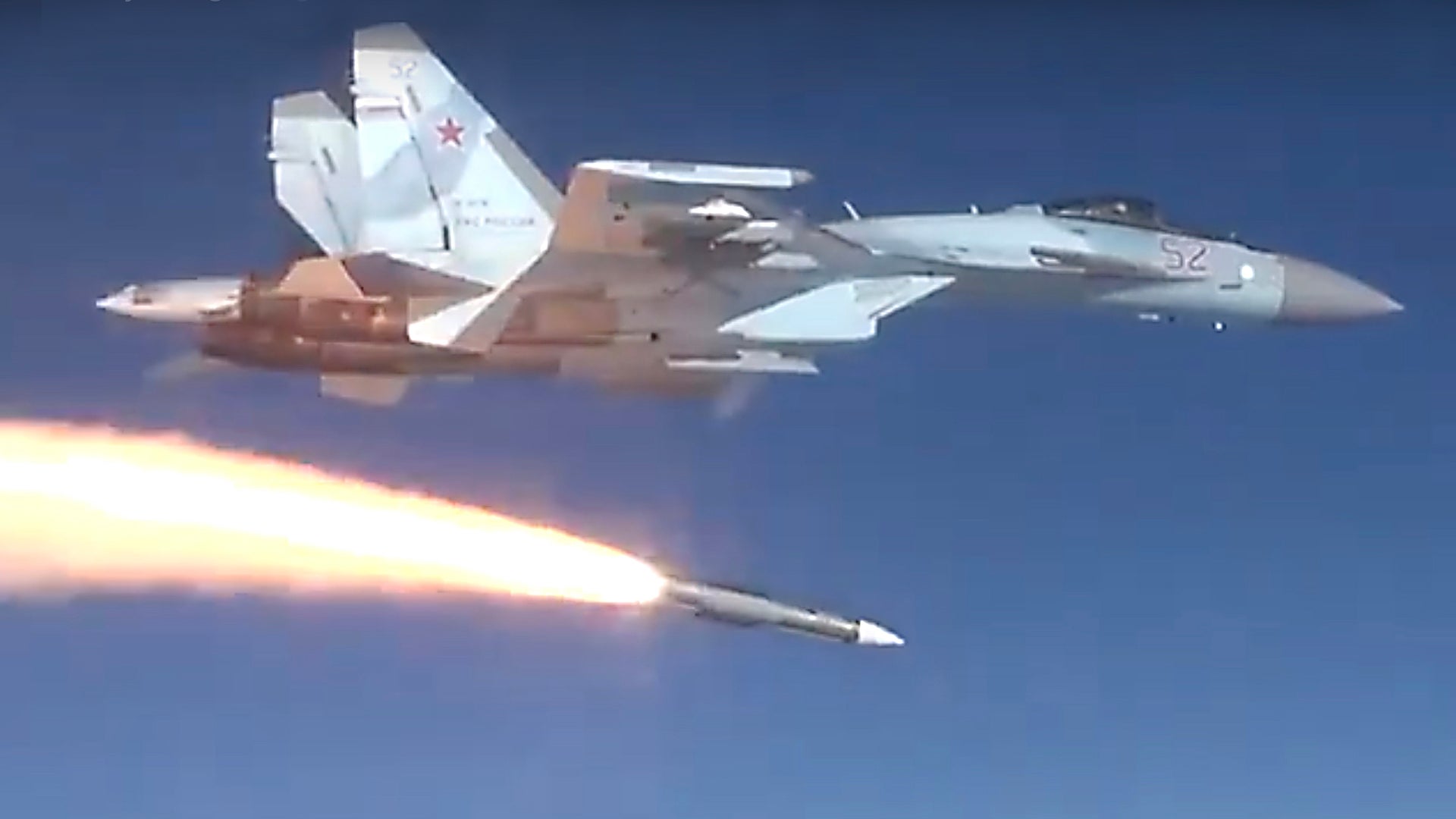
Whatever range the U.S. missile attained in this long-range test, the AMRAAM is clearly reaching the end of its development potential. As well as big, long-legged weapons like the R-37M, there is also a new generation of ramjet-powered missiles with throttleable engines that maximize kinematic performance all the way to the ends of their engagement envelopes. While the pan-European Meteor is already established in service, Russia and China are also working on similar ramjet air-to-air missiles concepts, and have other very long-range solid-fuel air-to-air missiles already in testing. These weapons not only put tactical and strategic combat aircraft at risk, but also key support aircraft, like airborne early warning and control aircraft and tankers.
The Air Force said that the March AMRAAM test “laid the groundwork for modernizing range capabilities in support of future long-range weapons testing on the Eglin-Gulf Test and Training Range,” suggesting that there will be more potentially record-breaking AIM-120 tests to come, and also trials of new generations of air-to-air missiles optimized for beyond-visual-range engagements.
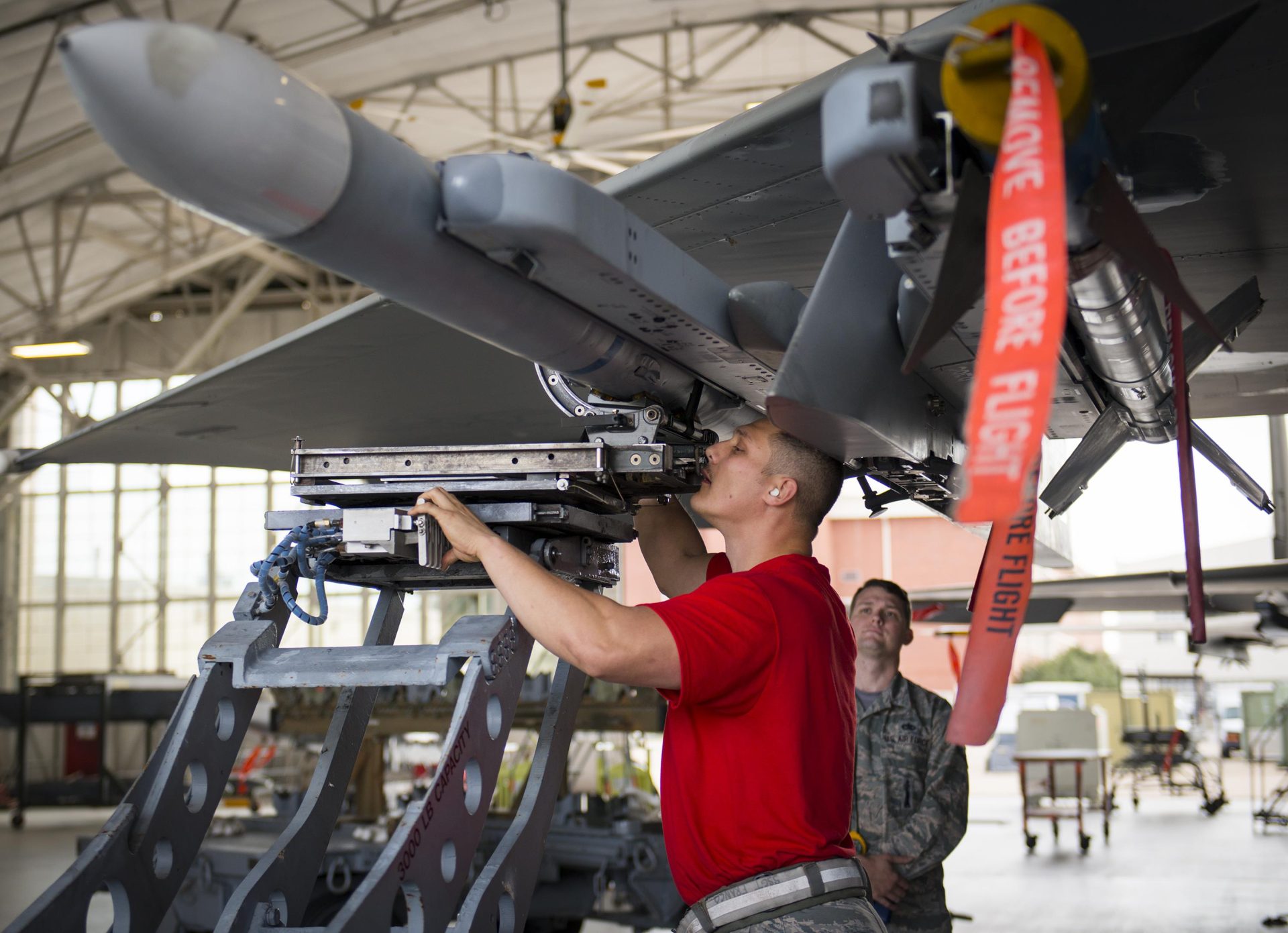
The U.S. Air Force and U.S. Navy are already working together to develop a new air-to-air missile, the AIM-260, that will replace the AMRAAM. You can read about that weapon here and here, but noteworthy is the fact that it is expected to not only out-range the AIM-120, even without a ramjet motor, but also offer performance that at least matches Chinese and Russian efforts in this field.
With that in mind, it may not be long before the Air Force can announce an even longer-range missile kill over one of its test ranges.









